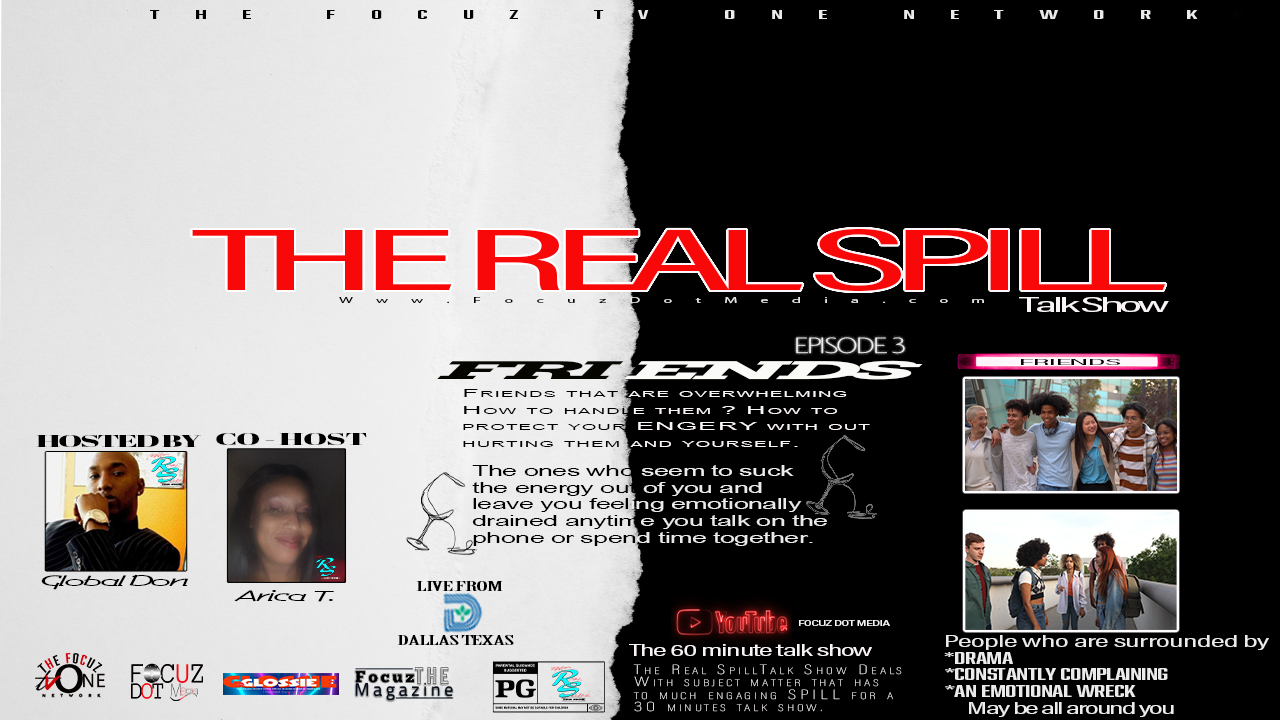
On the lawn and garden show you will learn about your lawn and what makes grow and what effects your lawn. Their are many things going on, on a daily within your lawn good and bad. How many know what kind of grass they have in their front or back yard? what are the benefits on having healthy grass ? We are going to deuces the two very important topics.
Identify Your Grass
Although the grass may be greener on your side of the fence (if not, here’s help with that), turfgrasses are not all alike.
That, says our resident lawn and garden expert Ashton Ritchie, is why some yards are brown in winter and some are green.
One of the best examples of different grass types can be found on a golf course or playing field. Look closely and you’ll notice that the turf in some areas is markedly different in color and texture than other areas.
There are about a dozen different grasses, and most lawns contain a mixture of them. In some cases, like dichondra, your lawns may not be a grass at all. Usually, though, lawns fall into one of these two types:
- Warm season grasses that thrive in warm-weather regions, such as the Southern United States.
- Cool season grasses that do best with extreme temperature fluctuations, such as those found in the North, Northeast, and Pacific Northwest.
It’s important to know your grass type so you can take the best possible care of your lawn. For example, if you pick a Northern weed control for a Southern lawn, you could actually harm it and then, yikes, you’ve got a problem, Houston.
WEED MAN DENVER LAWN CARE SERVICES
Weed Man is a locally owned and operated lawn care franchise, providing environmentally responsible lawn fertilization, weed control, and integrated pest management services in Denver. Backed by 50 years of experience, we know what it takes to make your lawn look it’s best. We live and work in your community, and take pride in the fact that we’ve built our business one customer at a time. It is with devotion to quality and service that we can proudly meet your lawn care needs and stake our claim as the best lawn care company in the area.
Weed Man’s exclusive blend of fertilizer
65% slow-release nitrogen, applied by trained professionals at the proper time, feeds your turf naturally through the root of the plant, and is the foundation of all of Weed Man’s programs.
Should you water grass after fertilizing?
Typically say to wait 24 hours before watering your lawn after fertilizing. But it is important to make sure that it does receive a good watering session soon after that 24 hour waiting period. Watering helps the fertilizer to activate and to break down and begin feeding nutrients to the lawn

BENTGRASS
Cool Season
Bentgrass can be found on most golf courses in the Northern U.S. It can be mowed as low as 1/10″ and makes an ideal surface for putting greens and fairways. Even when mowed very low, it forms a dense turf with a very fine-textured feel.

The costs to maintain a home lawn of bentgrass can be very costly due to the fungicides, insecticides, fertilizer, and expensive mowing equipment it requires. It also needs frequent watering – almost daily. Unlike other Northern types, it grows by an extensive production of stolons (above ground).
Blade:Narrow, flat
Color/Texture: Soft, dense
Growth: Low, 1/10″
Water: Frequently
Popularity: Northern golf courses
FINE FESCUE

Cool Season
The name “fine fescue” is actually a collective term for the various species of grasses in this group: red, chewings, hard, and sheep. Like the name implies, they are very fine textured with needle-like blades. Fine fescues are popular because of their shade tolerance. However, they do not tolerate heat and dry conditions.
Blade:Hair-like, fine tip, 1/16” or less
Color/Texture: Dull or gray-green, soft
Growth: Fast
Water: Above average
Popularity: Northeast to North Central U.S. (depending on species)

KENTUCKY BLUEGRASS
Cool Season
Kentucky bluegrass is one of the most popular types in the North. It has a deep, green color and excellent texture. It grows well from seed, and is a popular choice for sod farms in the North. It grows from a very extensive system of rhizomes, underground stems that produce new plants. However, it does not grow well in deep shade.
Blade:V-shaped, pointed, 1/8” wide
Color/Texture: Darker green, soft
Growth: Aggressive, via rhizomes
Water: Average
Popularity: Northern favorite, sod farms
A healthy lawn can
- Prevent erosion by wind and water.
- Improve flood control.
- Help the breakdown of organic chemicals.
- Reduce noise.
- Provide wildlife habitat.
- Create a cooling effect during warm weather.
- Add visual appeal.
- Helps clean the air
- Grass is Greener
- Contributes to the oxygen

How do I know if my lawn needs fertilizer?
Look for yellow specifically, not dark brown. If your lawn is brown, you may have another problem, such as a fungus. Improperly fertilized grass typically looks uniformly yellow, but it may have some stripes or large patches of discoloration caused by uneven fertilizer application

Maintaining a healthy, thick lawn also benefits the environment. … Unlike hard surfaces such as concrete, asphalt, and wood, lawn grass helps clean the air, trap carbon dioxide, reduce erosion from storm water runoff, improve soil, decrease noise pollution, and reduce temperatures.
BENEFITS OF AERATION
BENEFITS OF AERATION
WHY YOU SHOULD AERATE YOUR LAWN THIS FALL
Fall is officially in full swing, and that means it’s time to start thinking about aerating your lawn. When you aerate by removing small cores of soil and thatch (the layer of organic debris between the soil surface and vegetation) from your lawn, fertilizer and water become more beneficial, leaving you with a healthier, deeper root system (and ultimately, a beautiful lawn!
Aeration relieves soil compaction
With the warm summer months, we can usually expect to see homeowners spending lots of time out on the lawn – whether this be for a backyard barbecue, gardening, playing with pets, or just relaxing! When the fall rolls around, though, you may notice that the increased foot traffic has left your lawn compacted.
Aerating in the fall helps your lawn to relieve that added stress and tension. Moreover, neglecting compacted soil will prevent new growth, and the lawn will begin to dry out. When this happens, lawns tend to experience “runoff,” meaning that rain is not able to penetrate the dense soil layer. Talk about a nightmare!
Fertilization is an essential part of any comprehensive lawn care plan. Why is fertilization so important? To put it simply, fertilizers provide your lawn with the nutrients needed to produce strong roots and grasses.

Not only is a well-fertilized lawn healthier and greener, it is also far better at preventing weed infestation, disease, and drought. And as an added bonus, healthy lawns give back to the environment by producing oxygen, cooling the air during hot weather, and trapping and absorbing urban dust and pollution.
WEED MAN’S PREMIUM PRODUCTS
With your lawn’s nutrition in mind, Weed Man uses a proprietary high percentage slow-release, granular fertilizer blended with the latest slow release technology. Our premium, golf course-quality mixture feeds your lawn by giving it a boost from the get go, and continually feeding it over the following few weeks to months (only when it needs it by releasing a small, steady amount of nutrients over time). This allows grass plants to feed for an extended period, rather than feast all at once and thus is more environmentally friendly.
Welcome to Weed Man’s Lawn and Leisure Magazine

Which is better grass or turf?
The reason turf is used for outdoor play and sporting events is that it can maintain its looks better than natural grass. Additionally, turf can protect players from injury, and it’s easier to play on even when it’s wet outside. It is softer than turf, but it’s also highly durable depending on the material.
SUMMER TIME
A mowing height between 2.5 to 3 inches is best for most of the season, except during summer stresses when the lawn mowing height should be raised one-half inch to mow at 3 to 3.5 inches. Raising the mowing height provides more insulation from summer heat and reduces water loss from your soil.


 The Force Awakens: Aiden Anderson’s Rise in Dallas Amateur Boxing
The Force Awakens: Aiden Anderson’s Rise in Dallas Amateur Boxing  Thomas Edward Patrick Brady Jr, Shedeur Sanders, Travis Hunter, Shilo Sanders, Jimmy Horn Jr, Global Don, and more
Thomas Edward Patrick Brady Jr, Shedeur Sanders, Travis Hunter, Shilo Sanders, Jimmy Horn Jr, Global Don, and more  Denver Public Schools has resolved to shut down seven schools, facing considerable opposition in the process.
Denver Public Schools has resolved to shut down seven schools, facing considerable opposition in the process.  The Real Spill Talk Show -Overwhelming Friends-
The Real Spill Talk Show -Overwhelming Friends-  SNACO
SNACO  Was it really about the Lil Wayne Concert
Was it really about the Lil Wayne Concert  Sofia Llamas: A Force for Good in Colorado – Igniting Hope and Empowering Communities
Sofia Llamas: A Force for Good in Colorado – Igniting Hope and Empowering Communities  Trump administration offers to pay plane tickets, give stipend to self-deporting immigrants
Trump administration offers to pay plane tickets, give stipend to self-deporting immigrants